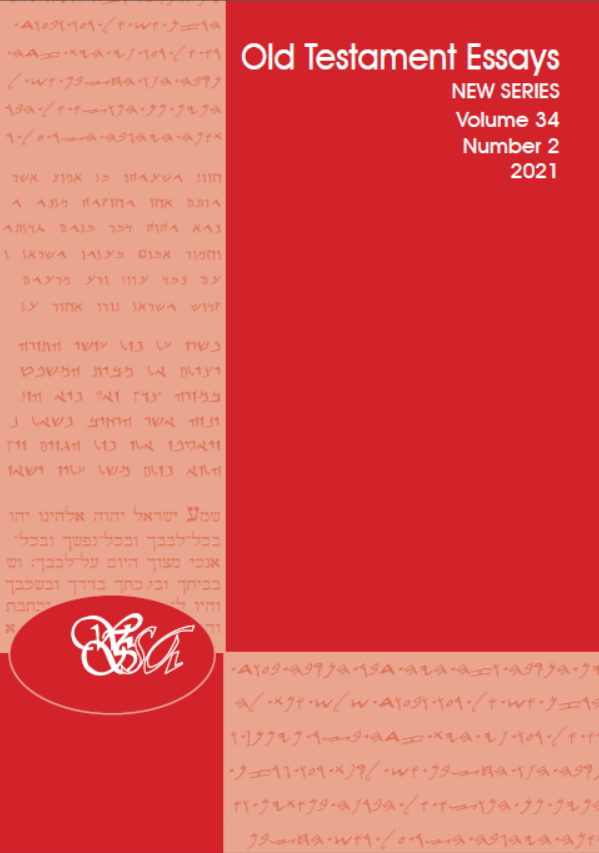Abstract
There are 56 references to Cush in the Old Testament and these occur in all the three main corpuses of the Hebrew Bible namely the Law, the Prophets and the Writings. Traditional historical-critical scholarship has not showed great interest in the Old Testament texts about Cush. However, the Nigerian biblical scholar David Tuesday Adamo has through his many contributions about the Cush texts made the guild observant of what can be labelled an African presence in the Old Testament given that Cush is applied as a literary motif in the Old Testament. Following a presentation of the Cush texts in the Old Testament, this paper examines how the literary motif of Cush functions in the text, taking Isaiah 18 as a representative example.
Authors who publish with this journal agree to the following terms:
- Authors retain copyright and grant the journal right of first publication with the work simultaneously licensed under a Creative Commons Attribution License that allows others to share the work with an acknowledgement of the work's authorship and initial publication in this journal.
- Authors are able to enter into separate, additional contractual arrangements for the non-exclusive distribution of the journal's published version of the work (e.g., post it to an institutional repository or publish it in a book), with an acknowledgement of its initial publication in this journal.
- Authors are permitted and encouraged to post their work online (e.g., in institutional repositories or on their website) prior to and during the submission process, as it can lead to productive exchanges, as well as earlier and greater citation of published work (See The Effect of Open Access).

